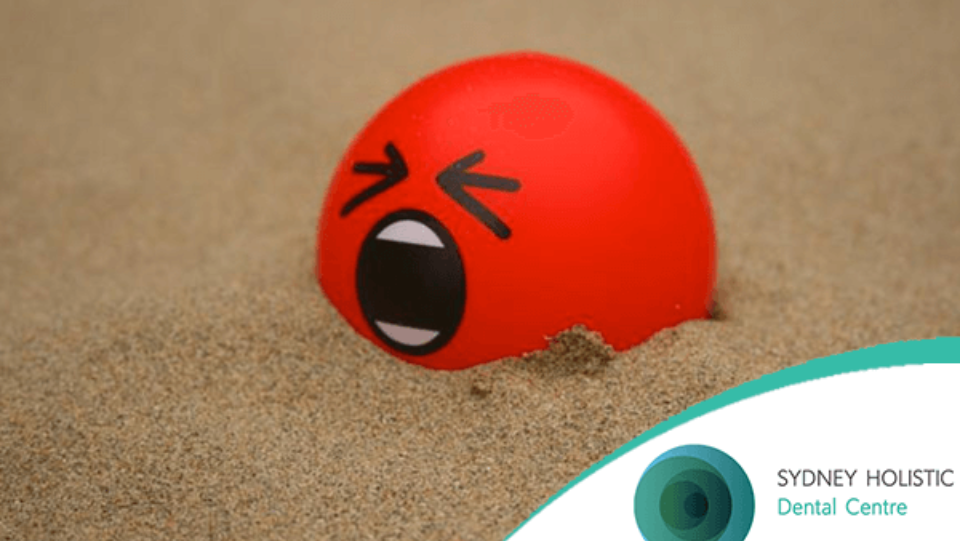Chronic Pain and Stress – it’s not all in your head
Chronic Pain and Stress – it’s not all in your head

I see it often in my practice, where people come in and are they are in chronic pain, told there is no obvious reason or cause. Which is incredibly frustrating, especially when you are in that much pain. It would almost be kinder for the practitioner/doctor/specialist to just say “I don’t know”.
But its not “all in your head”. Something simple may have been overlooked. Let me explain.
- The accepted definition of pain is that; “it is an unpleasant emotional experience CAUSED by the activation of pain receptors”. So there are two parts here;
a) emotional &
b) activation of pain receptors. - In my experience the less people know or understand about the pain receptors the more they focus on the emotion, or “all in your head” diagnosis.
- Pain receptors are activated by temperature (hot or cold), pressure (twisting, tortion or compression) and chemical (e.g. lactic acid, histamines, inflammatory chemicals).
- Fibrous or soft tissue (muscles, tendons, ligaments, attachments of muscles to bone and scar tissue), is capable of maintaining an inflammation. Inflammation can produce inflammatory chemicals long after the cause has ceased to exist.
In other words, “soft tissue has memory”. The problem is that no X-ray, MRI or blood test will show this unless it has reached an extreme. But that doesn’t mean it doesn’t exist.
My approach to chronic pain
Here is the model I have been working with for 25 years. Chronic pain is caused by soft tissue lesions, which can persist for many years after an injury, strain, or trauma. Soft tissue lesions are defined as tear or damage that causes activation of the pain receptors, resulting in chronic pain.
The aim of a treatment is to reduce those things which activate the pain receptors. This could include reducing pressure and inflammatory chemicals. I have developed a stress model that consists of 5 stresses which provides an excellent framework for understanding and treating chronic pain. This framework also supports actually achieving wellness.
I am not going to pretend that I get 100% success. If anyone promises you that about anything, let alone health, don’t believe them. Some problems are very difficult, but some are surprisingly simple to treat.
Before you try to fix something you need to know what the problem is.
A good start is to sleep well, breathe well and eat well.
This post originally appeared on Dr Ron’s website, to read more click here.


